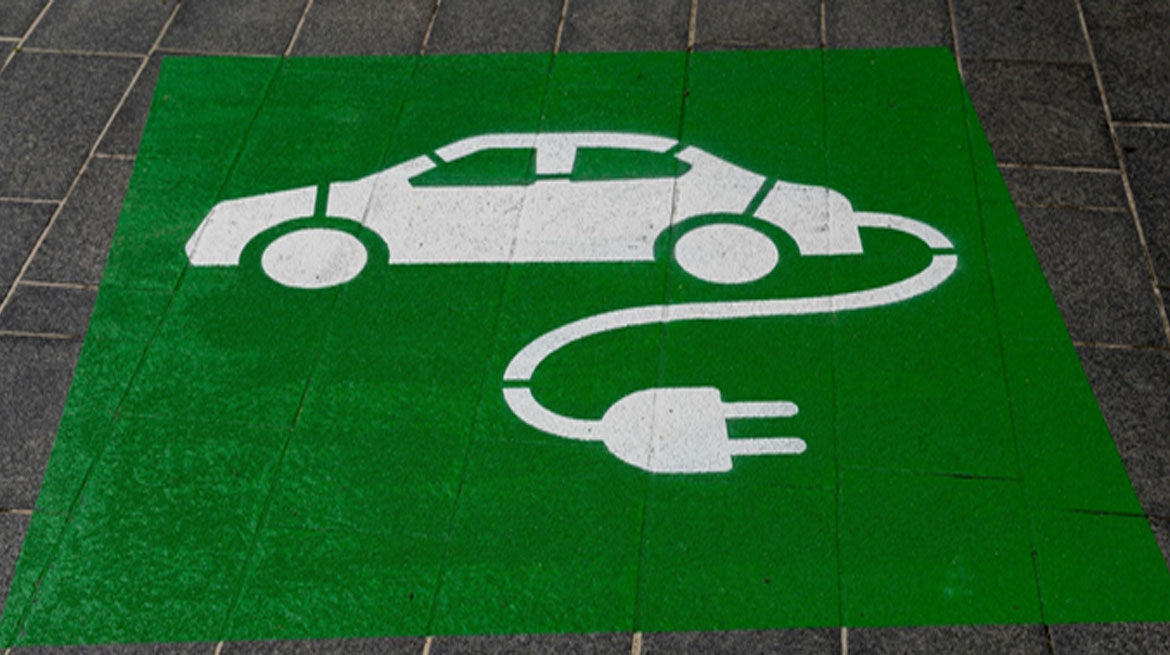Electric cars are not as eco-friendly as we think. According to the Society of Rare Earth, 4,275 kg of acid waste and 57 kg of radioactive residue are produced in extracting 57 kg of raw material (8 kg lithium, 35 kg nickel, 14 kg cobalt) used in making an electric car. At the same time, 9 tonnes of carbon is released in making an EV, while it is 5.6 tonnes in petrol.
Think green before buying. Ask yourself: Do I really need it? Can I get it used? How long will it last?
The total amount of greenhouse gas emissions—both direct and indirect—caused by a person, group, activity, or product is known as their “carbon footprint.”
It is determined by adding up the emissions from each phase of a product or service’s life cycle, including the production of materials, manufacturing, use, and end-of-life. GHGs like carbon dioxide (CO₂), methane (CH₄), and nitrous oxide (N₂O) may be released during a product’s lifetime, or lifecycle. The global warming potential (GWP) of each gas accounts for variations in heat trapping, producing a carbon footprint expressed in mass units of carbon dioxide equivalents (CO₂e).
Gasoline-powered vehicles and electric vehicles have notable differences in their carbon emissions. Throughout their lifecycle, traditional cars generate 48 tonnes of CO2, which is 40 percent higher than that of an electric vehicle. These statistics are derived from an extensive analysis conducted by the Transportation Energy Institute in 2021 and are based on the assumption that a vehicle lasts for approximately 320,000 kilometers (around 200,000 miles).
However, the CO2 footprint of EVs is substantially higher during the sourcing and production phases. According to the same assessment, an EV produced 11 tonnes of carbon dioxide during this initial phase (>twice as much as a car with a combustion engine).
How long does it take for the carbon footprint of an electric automobile to be offset?
Since driving an electric automobile emits no emissions, the “carbon debt” can be paid off. According to a sustainable mobility specialist, an EV may offset its carbon impact in Switzerland after 20,000–30,000 kilometers. According to him, it takes six to seven years and is roughly 60,000 to 70,000 kilometers in Germany or the typical European nation. Depending on the electrical source, the duration varies; cleaner energy grids enable faster offsetting.
To what extent do e-car batteries harm the environment?
Environmental issues arise when EV battery materials are sourced. In the “lithium triangle” in South America, where one-third of lithium was extracted in 2022, the vital element lithium has been linked to contamination and water depletion. According to a senior researcher at the International Council on Clean Transportation, mining one tonne of lithium uses around two million liters of water, which is equivalent to 125 electric automobiles. He claims that despite this, the lifetime water requirements for gasoline manufacturing are ten times higher. Another important mineral, cobalt, has been connected to health risks and ecological damage. In 2022, EVs accounted for over 40% of the demand for cobalt. But the plus point is that these batteries are highly recyclable.
Conventional automobiles have an excessive carbon footprint because they burn fossil fuels. Smog, respiratory illnesses, and acid rain are also caused by vehicle exhaust. Fossil fuels are not burned by EVs. Due to their reliance on electricity, they operate in a cleaner manner. However, the carbon footprint of the power grid determines the overall environmental impact. Indirect emissions result from charging an EV if the electricity is generated using fossil fuels.
According to Jeremy Michalek, director of the Vehicle Electrification Group at Carnegie Mellon University in the United States, “it can be difficult to nail those things down because the power system is very complicated and interconnected.” According to experts, apparent differences in carbon footprints like in countries with coal intensive electricity generation, the benefits of EVs are smaller, and they have almost similar lifetime emissions like most efficient conventional hybrid model vehicles.
EVs require 13,500 liters of water, while petrol cars require about 4,000 liters. According to Ricardo Consultancy, if EVs are charged with electricity produced from coal, then only 20% less carbon will be emitted in comparison to a petrol car after travelling 1.5 lakh km. 70% of the electricity in India is produced from coal. On the other hand, research conducted in Australia says that out of 3300 tonnes of lithium waste, only 2% can be recycled, 98% spreads pollution.
Extracting lithium from the ground makes the environment 3 times more toxic. Emeritus Professor of Ecology of Arizona University, says that lithium is the lightest metal in the world. It releases electrons very easily & is demanded for EV batteries. Lithium is being glorified as green fuel, but extracting it from the ground makes the environment >3 times toxic. 98.3% of lithium batteries are buried in pits after use. It reacts and catches fire when it comes in contact with water.
Why are EVs better than petrol cars?
Petrol cars emit 125 grams of carbon per km and electric cars charged with coal-based electricity emit 91 grams of carbon per km. According to the International Council on Clean Transportation, EVs in Europe emit 69% less carbon because up to 60% of the electricity here is produced from renewable energy.
What targets has the Indian government set for renewable energy and EVs?
The Centre’s target is to convert 70% commercial cars, 30% private cars, 40% two-wheelers and 80% three-wheelers into electric vehicles by 2030. At the same time, 44.7% of electricity will be produced from renewable energy by 2030, currently it is approx. 21.26%.
However, the bottom line is that manufacturing emissions for new EVs & driving emissions for existing EVs will decrease as nations decarbonize electricity generation to meet their climate targets. Use of public transport & solar plant installation are the keys for now.




